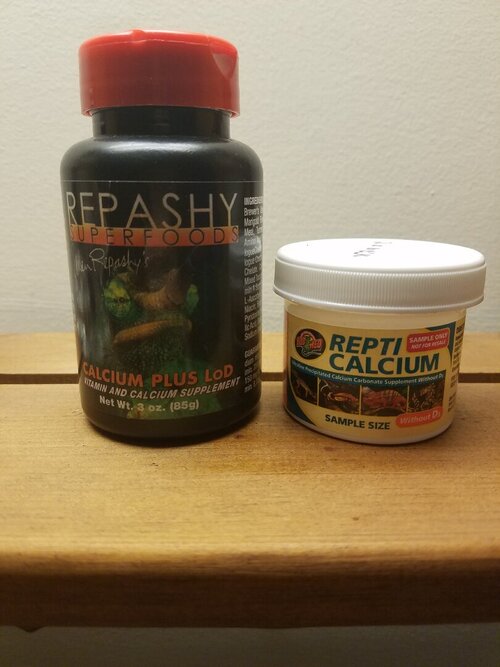whalesharkcoolness
New Member
Hello! I’m not sure if I’m doing this correctly, I’ve never used a website like this before. I only adopted my first veiled chameleon three days ago, and he was quite thin when I got him as you might be able to tell from the pictures. He is a male and he isn’t fully grown, I estimate based on his size he’s probably close to five months old, and I put about ten live crickets in his enclosure for him to eat the day after I got him, and despite hearing that it might take a while for him to eat them he’s actually already almost gone through most of them, I can only see three and I’ve watched him eat multiple. I’m just wondering if there’s something I should be doing to get him less thin? Is there a certain type of food I should feed him aside from the live crickets to make sure he’s well fed? I’ve attached some photos of him to show how thin he is, I’m a little worried about his health at the moment. Thank you!











